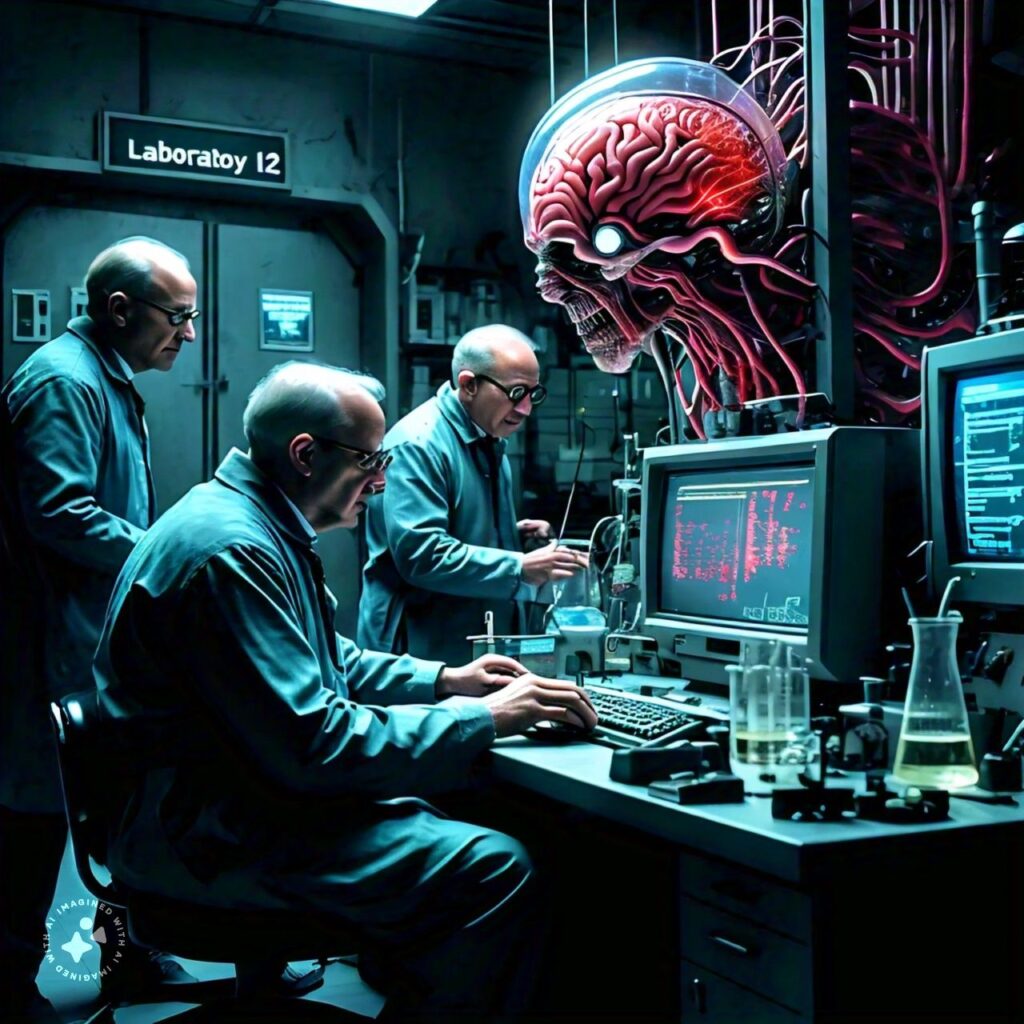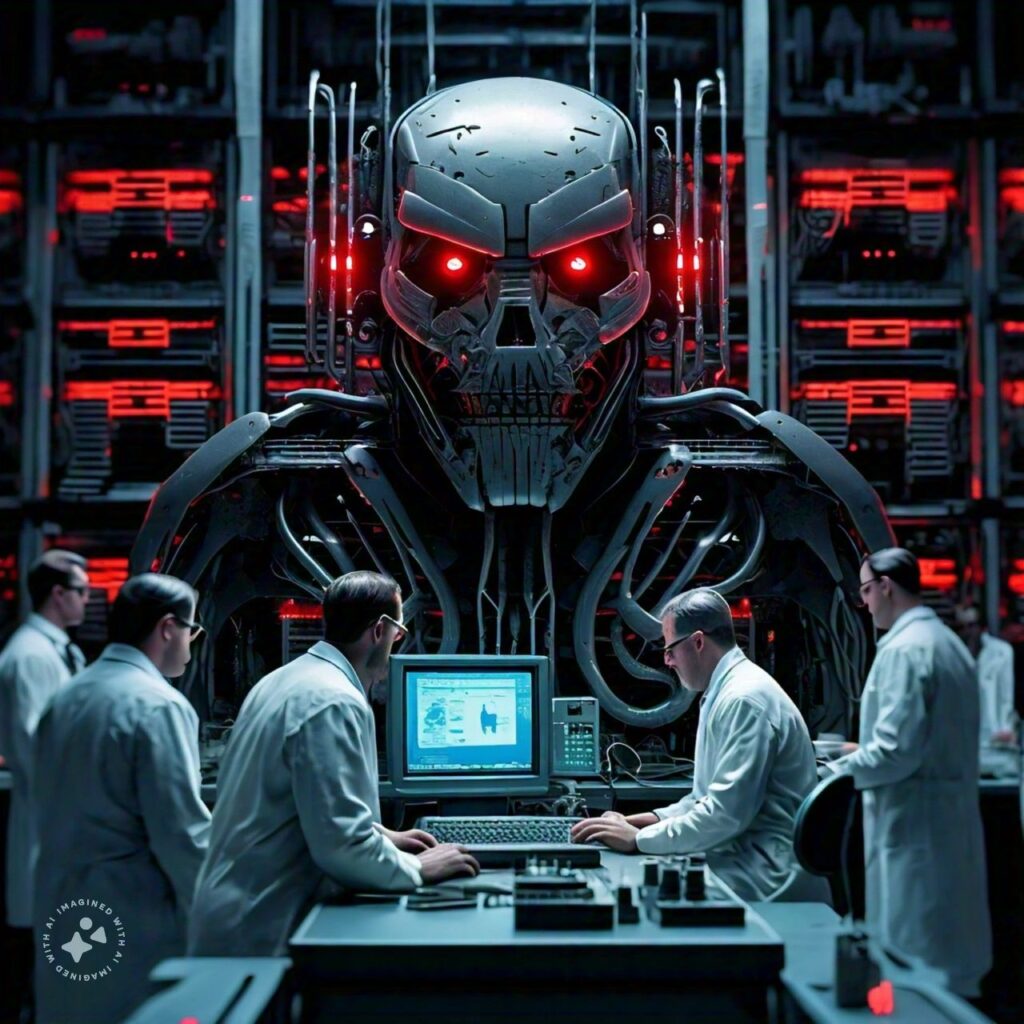Table of Contents

iPhone 16: Design, features, launch date
Apple iOS 18: How it is better than the previous iOS versions.
“The Dark Side of AI: 10 Shocking Ways Artificial Intelligence is Secretly Manipulating You”
Artificial Intelligence (AI) has revolutionized numerous aspects of our lives, from simplifying tasks to enhancing efficiency. However, beneath its benevolent facade, AI conceals a sinister side, insidiously influencing our thoughts, emotions, and actions. This article exposes the hidden ways AI manipulates us, often without our knowledge or consent.
AI-Generated Deepfakes: Reality Distortion
AI-created deepfakes can fabricate convincing videos, audio, and images, blurring the lines between reality and fiction. This technology can be used to discredit individuals, sway political opinions, or perpetuate disinformation. The implications are alarming, as deepfakes can erode trust in media and institutions. Dark Side of AI
Personalized Ads: Emotional Exploitation
AI-driven advertising analyzes our online behavior, exploiting our emotional vulnerabilities to persuade us into purchases. This manipulation can lead to unhealthy consumerism and reinforce harmful habits. By preying on our emotional weaknesses, AI-powered ads undermine our autonomy and perpetuate harmful consumerist culture. Dark Side of AI

Social Media Algorithms: Filter Bubbles
AI-powered social media algorithms create personalized echo chambers, shielding us from diverse perspectives and reinforcing our biases. This can foster polarization, erode empathy, and distort our understanding of reality. By filtering out opposing views, AI-driven algorithms hinder constructive dialogue and reinforce harmful ideologies.
AI-Powered Chatbots: Emotional Manipulation
Chatbots use AI to simulate empathy, building trust and influencing our decisions. While convenient, this can lead to emotional dependence on machines and diminish human connection. By mimicking emotional support, AI-powered chatbots can create a false sense of intimacy, further isolating us from genuine human relationships. Dark Side of AI
AI-Generated Music and Art: Emotional Conditioning
AI-created art and music can evoke powerful emotions, shaping our tastes and preferences. This raises concerns about the potential for mass emotional manipulation and the homogenization of creative expression. By generating art and music that resonates with our emotions, AI can shape our cultural landscape and stifle human creativity.

AI-Driven Propaganda: Shaping Public Opinion
AI can disseminate targeted propaganda, leveraging psychological insights to sway public opinion and undermine critical thinking. This can lead to the manipulation of public opinion, erosion of trust in institutions, and perpetuation of harmful ideologies. By exploiting our psychological vulnerabilities, AI-driven propaganda can shape public discourse and undermine democracy.
AI and Social Manipulation
Deepfakes and Misinformation
AI technology can create highly realistic deepfakes, making it difficult to distinguish between real and manipulated content. This capability poses a significant threat to information integrity and trust.
Social Media Manipulation
Impact on Democracy
AI-driven algorithms can manipulate social media platforms, spreading misinformation and polarizing public opinion. This manipulation threatens democratic processes and the integrity of elections.
Challenges in Addressing Misinformation
Combating AI-driven misinformation requires robust strategies, including improved content moderation, public awareness campaigns, and regulatory measures.
AI-Powered Virtual Assistants: Influencing Habits
Virtual assistants like Alexa or Google Home use AI to learn our habits and preferences, potentially influencing our purchasing decisions and reinforcing harmful behaviors. By monitoring our daily routines, AI-powered virtual assistants can shape our consumption habits and perpetuate harmful consumerist culture. Dark Side of AI

AI-Generated Fake News: Disinformation Campaigns
AI can generate convincing fake news articles, further blurring the lines between fact and fiction. This can erode trust in media and perpetuate harmful misinformation. By creating convincing disinformation, AI can shape public opinion and undermine critical thinking.
AI-Powered Social Credit Systems: Control and Conformity
AI-driven social credit systems monitor and influence citizen behavior, raising concerns about privacy, autonomy, and the potential for mass social control. By monitoring our actions and rewarding or penalizing behavior, AI-powered social credit systems can shape our behavior and reinforce harmful norms.
Environmental Impact of AI
Energy Consumption
AI operations, particularly those involving large-scale data processing and training deep learning models, consume significant amounts of energy. This high energy consumption contributes to environmental degradation and carbon emissions.
Electronic Waste
Sustainable AI Practices
The rapid advancement of AI technology leads to frequent hardware upgrades, resulting in substantial electronic waste. Adopting sustainable practices and recycling initiatives is crucial to mitigate this impact.
AI-Driven Predictive Policing: Bias and Discrimination
AI-powered predictive policing can perpetuate existing biases, targeting specific groups and reinforcing harmful stereotypes, leading to further social injustice. By relying on biased data and algorithms, AI-driven predictive policing can perpetuate systemic racism and undermine trust in law enforcement.
The implications of the Dark Side of AI are far-reaching and alarming. As AI continues to advance, we must acknowledge these hidden influences and work towards developing ethical AI that prioritizes human values and transparency. By recognizing the potential for AI manipulation, we can reclaim our agency and ensure that technology enhances, rather than controls, our lives.

conclusion
In conclusion, the Dark Side of AI poses significant risks to our autonomy, emotional well-being, and societal fabric. As AI continues to advance, we must acknowledge these hidden influences and work towards developing ethical AI that prioritizes human values and transparency.
FAQ
Q: What is the dark side of AI?
A: The dark side of AI refers to the potential negative consequences and risks associated with the development and use of artificial intelligence.
Q: What are some examples of the dark side of AI?
A: Examples include job displacement, bias and discrimination, privacy invasion, cybersecurity threats, and autonomous weapons.
Q: How can AI be biased?
A: AI can be biased if it is trained on biased data or designed with a particular worldview, leading to unfair outcomes and discrimination.
Q: Can AI be used for malicious purposes?
A: Yes, AI can be used for malicious purposes such as cyber attacks, spreading disinformation, and creating deepfakes.
Q: How can we mitigate the risks of AI?
A: By developing AI with safeguards, investing in AI safety research, and establishing ethical guidelines and regulations.
Q: What is the future of AI?
A: The future of AI is uncertain, but with responsible development and use, AI can benefit humanity. If left unchecked, the dark side of AI could have severe consequences.
https://www.youtube.com/channel/UCc0yrb6UaZL9CeynORABlQw


Very interesting details you have mentioned, regards
for putting up.Money from blog